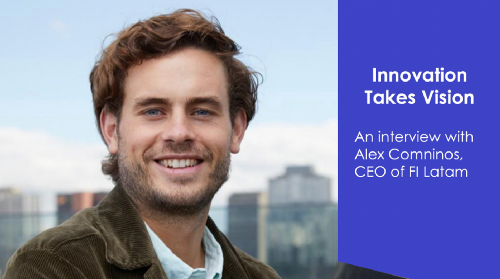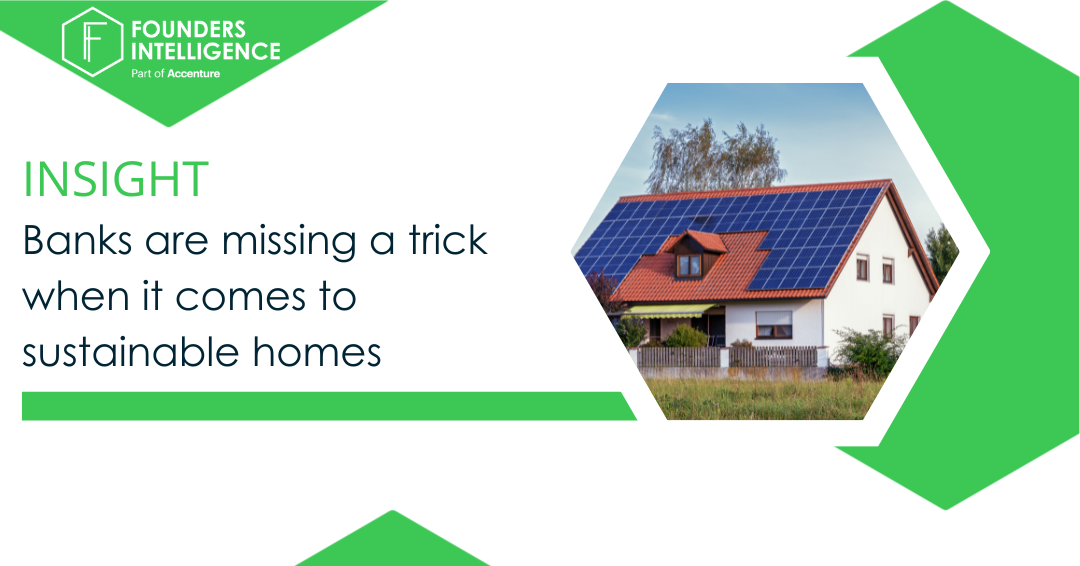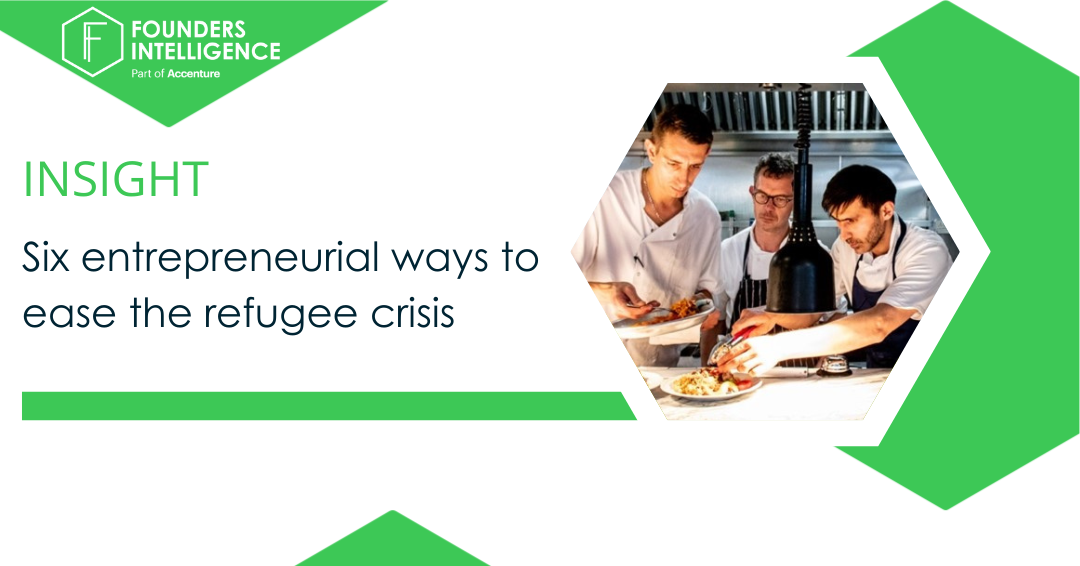Innovation Takes Vision
Epoca Negocios Interview with Alex Comninos
Our Latam CEO, Alex Comninos, was recently interviewed by Brazilian newspaper, Epoca Negocios (original article by Daniela Frabasile) on how to tackle start-up disruption, we share with you our translation of the original article in Portuguese. Para artigo original em português clique aqui.

Innovation has become a large priority area for big companies. At a time when disruptive start-ups are shifting business models of incumbent companies putting their profitability and market share at risk. For Alex Comninos, Founders Intelligence CEO for Latin America, radical decisions are needed. The problem is that most corporate innovation programs only address incremental efficiency gains. So, what is the best way to engage in innovation?
To try to answer this question, Founders Intelligence, founded in 2013, developed a unique methodology. Unlike traditional Open Innovation programs, in which companies share their pain points to start-ups and ask for solutions in exchange for partnerships and investment — Founders Intelligence prefers to think ahead first.
Their approach is to create a vision of the future of the company’s industry based on conversations with start-ups in order to identify new areas of opportunity for improved performance and revenue. “Instead of focusing on the knowledge and pain points that already exist, we encourage leaders to think exposing them to ideas of people who are transforming their industry,” explains Alex. The executive arrived in Brazil in 2017 to set up Founders Intelligence operations there. In this interview, he explains a little more about the consulting model and sets out his vision of Brazilian entrepreneurship.
You have been in Brazil since 2017 — in your perspective, what has changed since then?
The conversations I have with my clients have changed. It is a learning curve. In the beginning, companies created acceleration programmes and sought reedy-made solutions. Today, we are seeing a different focus, companies are asking what business will look like in the future. For me, this is a big change. In terms of the ecosystem, SoftBank and other investors recently joined — there is more capital and, therefore, new business models are growing faster. The ecosystem as a whole is stronger. Two or three years ago, investments were focused on earlier stages, from seed capital to Series A. But entrepreneurs need Series B, C, D to continue expanding their businesses. The entry of SoftBank also stimulates investments in these earlier stages.
What is your assessment of the Brazilian entrepreneurship ecosystem today?
I think Brazilian consumers are ready for digital products and services, and foreign companies are realising this. I think this shift, of foreign companies entering the Brazilian market, will continue to grow and change the ecosystem.
Not in original article: Spotify, Airbnb, Google, Netflix, and Amazon are all in business alongside homegrown unicorns like Nubank and Quinto Andar. There’s also ride sharing firm 99, which was acquired last year by Chinese transportation app Didi Chuxing. For more insight into the ecosystem the NextWeb shows the wealth of the ecosystem.
Many companies create accelerators or incubators to engage with start-ups. Is this a good strategy?
It depends. If the goal is to expand the core business and obtain financial results, this may not be the best way. But, if the strategy is to encourage a change in culture, or work so that the brand is seen as more digital and more innovative, which are very valuable things, it may be worth it because the investment in these programs is relatively small. Open Innovation programs are good and useful, but you need to think about the objective first. If you want to strengthen your core business and gain efficiency, they can be useful. If the company’s goal is to reinvent itself, it may not work as well.
What is the difference between what Founders Intelligence does and other Open Innovation Programs?
At the moment, most companies are focused on identifying internal pain points and finding start-ups to solve them. The problem with this approach is that you find solutions to problems that the company already knows about. Doing this makes your processes 10% more efficient, but this is only an incremental gain. We believe that real digital transformation must be more ambitious and strategic.
And, what is your approach?
We work with the CEO or with the company leadership, working to develop a vision for the future of their industry. We do this by speaking to people who are innovating in their sector — we go directly to the entrepreneurs. While a traditional consultancy would spend 50 hours talking with company employees, our goal is to spend 50 hours talking to entrepreneurs.
What kinds of time horizons are we talking about?
First we look at three focus areas. The first is to strengthen the core business, which is great because it has more immediate effects — quick wins. The second is to expand the core business, creating new sources of revenue. And the third is to reinvent the core business. In the last case, we are looking three years ahead, because it is very difficult to plan for longer than that.
How do you go about developing that vision?
Innovation, start-ups, technology are all themes that are here now, they are inn the headlines and they is a lot of noise. When we speak to our customers for the fist time we ask them what their strategic priorities are, what they are looking to achieve, and why they came to us. Often, they don’t know how to answer these questions. So, the first step is to understand their motivation.
It may be defending the core business and achieving more aggressive margins; it may be taking the business beyond the core to a new adjacent industry space. The company’s objective can be something ambitious and broad, such as increasing connection and understanding with end consumers, or expanding its online presence. With this starting point, we reach out to start-ups who could potentially help achieve it.
What are the main errors companies make when working with start-ups?
The most important element when thinking about Open Innovation is to source ideas that are outside of the current business focus. In the traditional model we see today, a company either does a partnership with or invests in a start-up. We are developing a new model of partnerships that ensures a win-win scenario for both sides of the partnership. This is not limited to partnerships with start-ups it is possible to derive a lot of value from partnerships between multiple large players.


